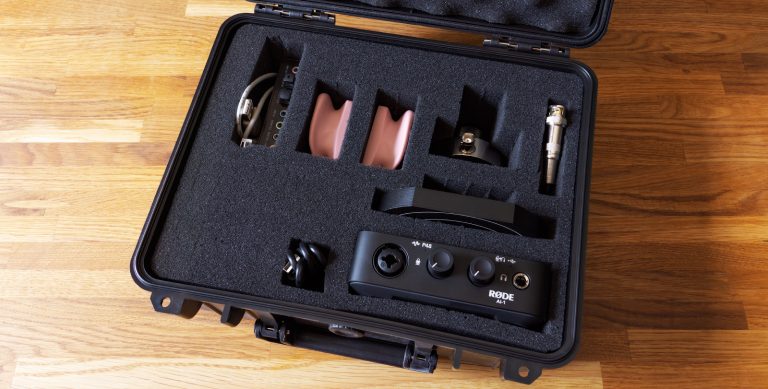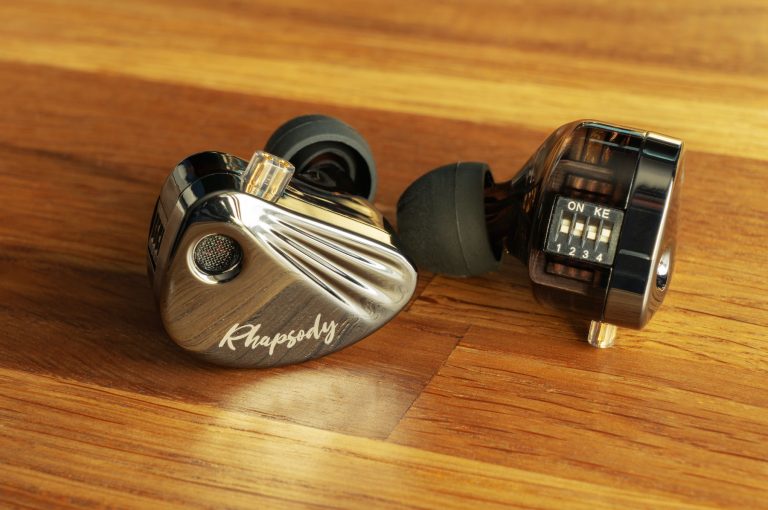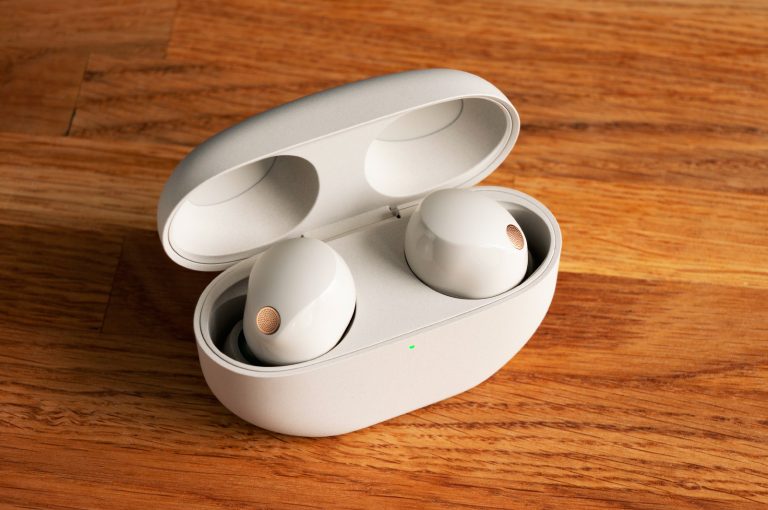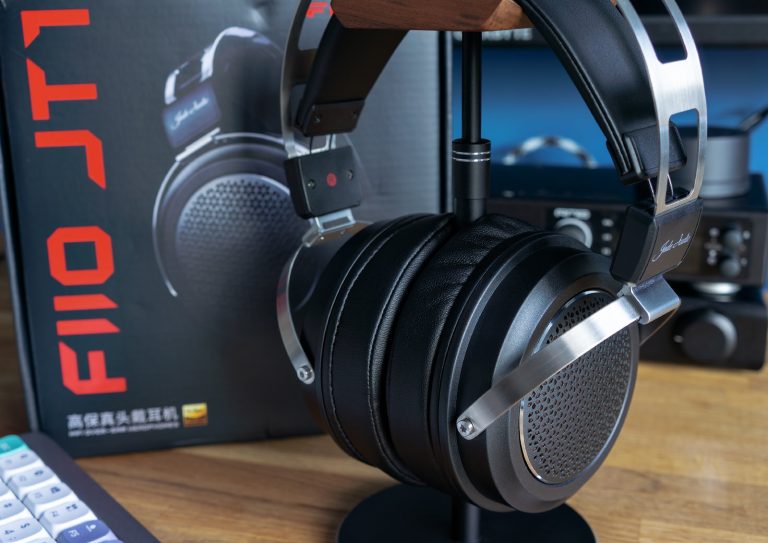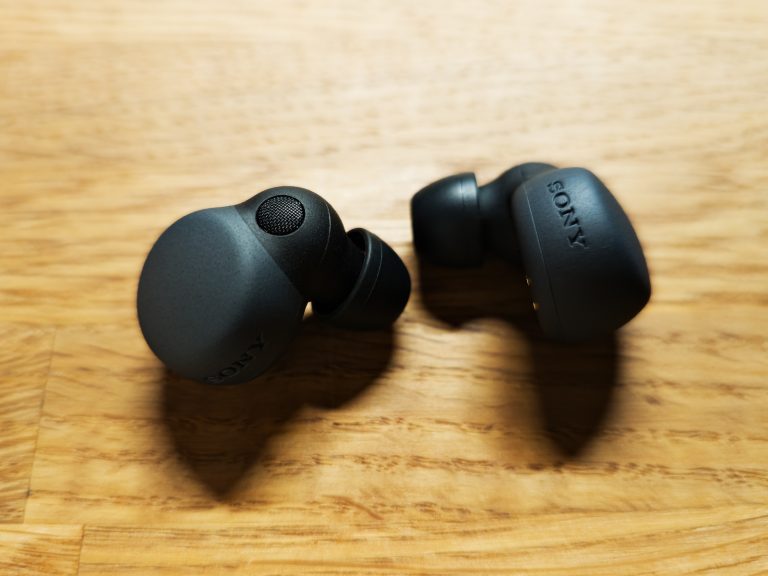Sivga Que Earphones Review
I got a message from Sivga company once, asking “Would you like to do reviews of our sports earphones?” As I don’t know a thing about sports earphones, I immediately answered, “I’d rather get a Que model from you…” And they’re like, “Tell us your address, we’re on it!”
Therefore, today we’ll talk about Sivga Que, wired in-ear monitors for $76.90.
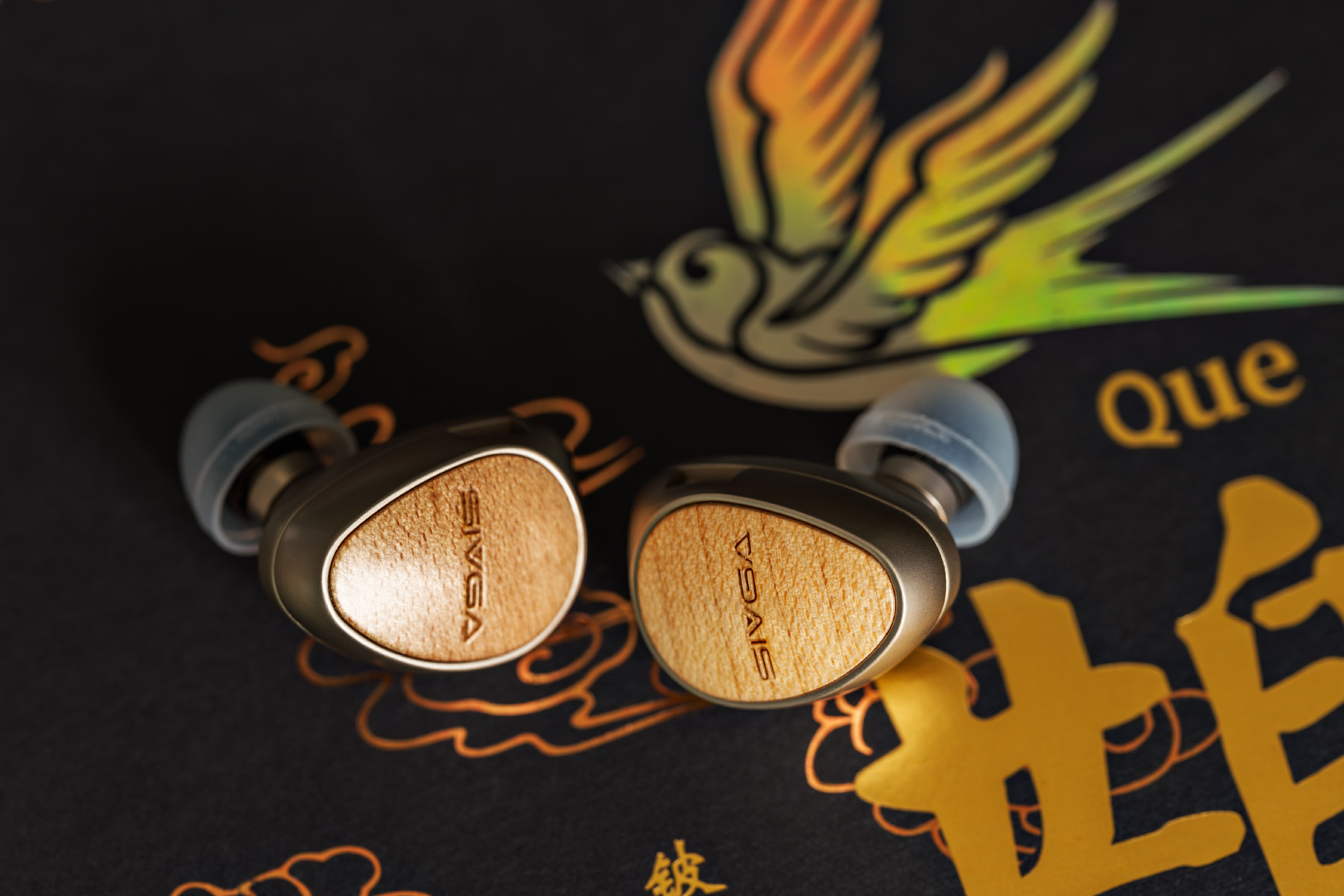
Sivga in a nutshell
Dongguan Sivga Electronic Technology Co., Ltd was founded in 2016. In 2017 and 2018, it participated in two Hong Kong audio exhibitions, and in 2019 it also made it to IFA in Berlin. It owns two brands: Sivga Audio and Sandy Audio. I couldn’t learn anything more informative from the Internet.
What’s included
The earphones come in a high-quality thick cardboard box. There is clearly a picture of a swallow on the box, but Que (鹊), the name of the earphones, translates as ‘magpie’. It’s anybody’s guess.
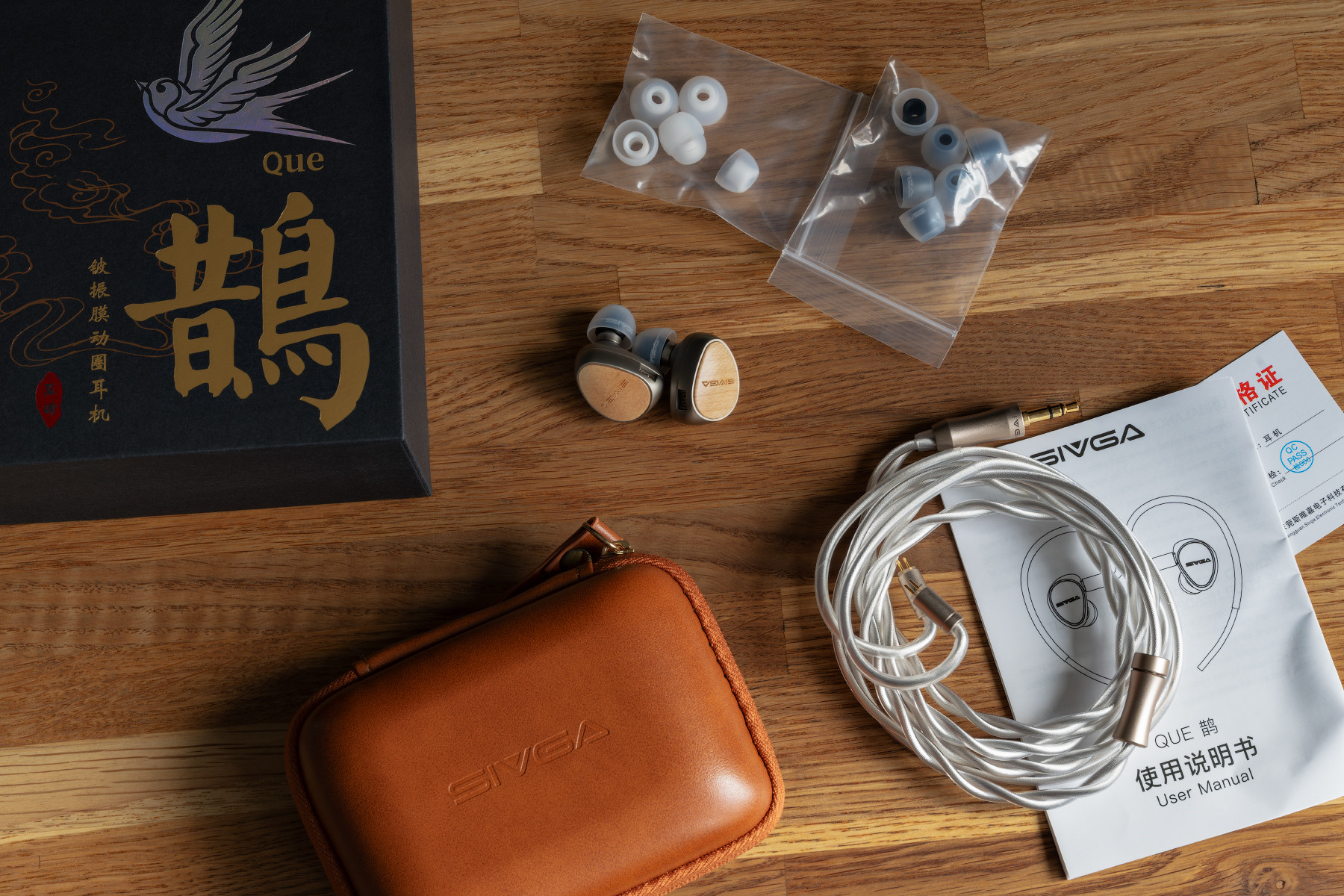
What’s inside the box:
- the earphones themselves;
- a wire with a 3.5mm connector;
- two sets of eartips, with 3 pairs of them in each;
- a leather case;
- some papers.
Interestingly, the case is sold separately for $30, the cable for $59, and the eartips for $11, or $100 in total. And the cost of the entire set, let me remind you, is some $77. It’s one more anybody’s guess.
Note that the case is surprisingly decent. Original cases are rarely suitable for storing earphones: they are either too big, or too small, or difficult to open, but Que hit all the bases – optimal size, adequate zipper, and good workmanship.
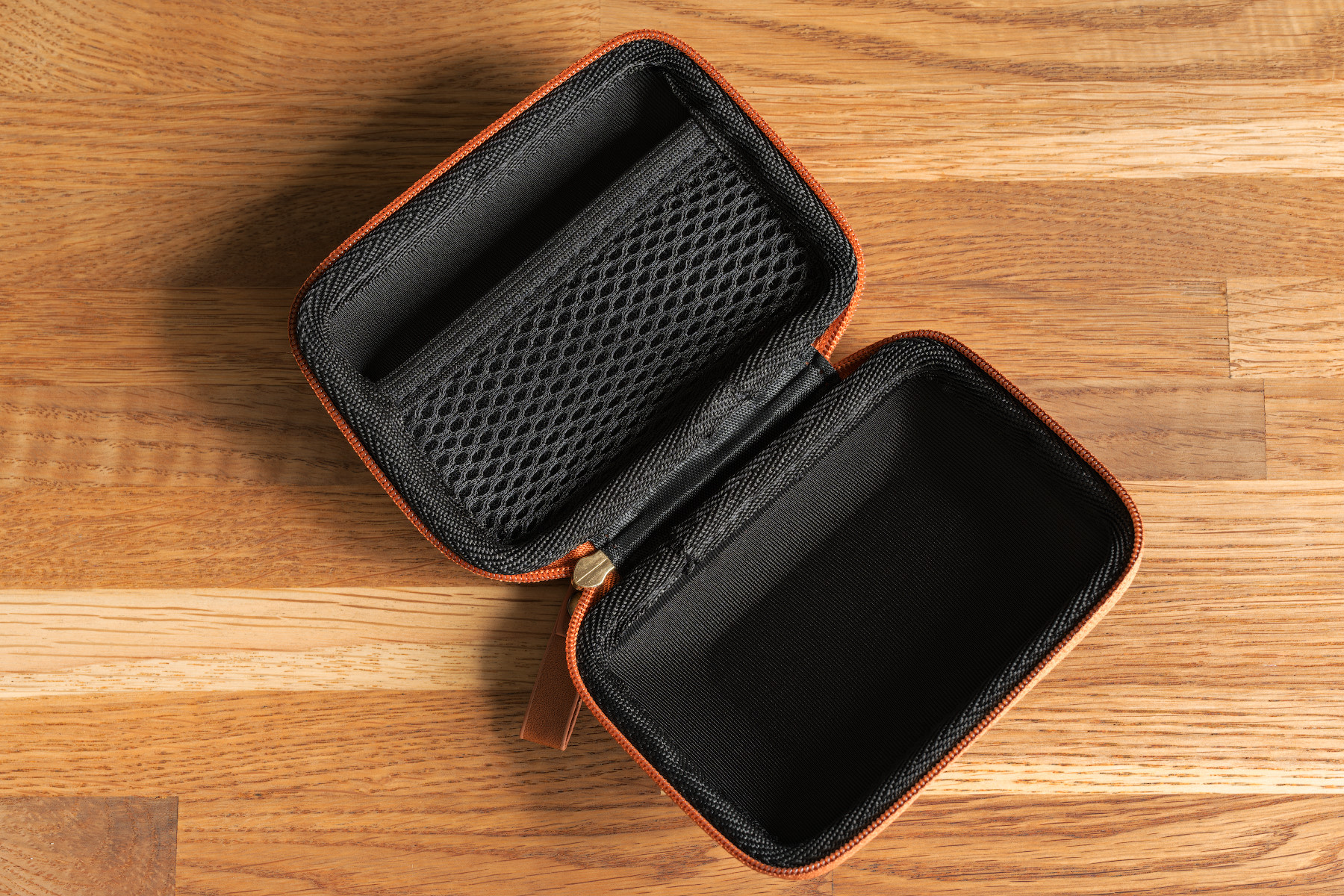
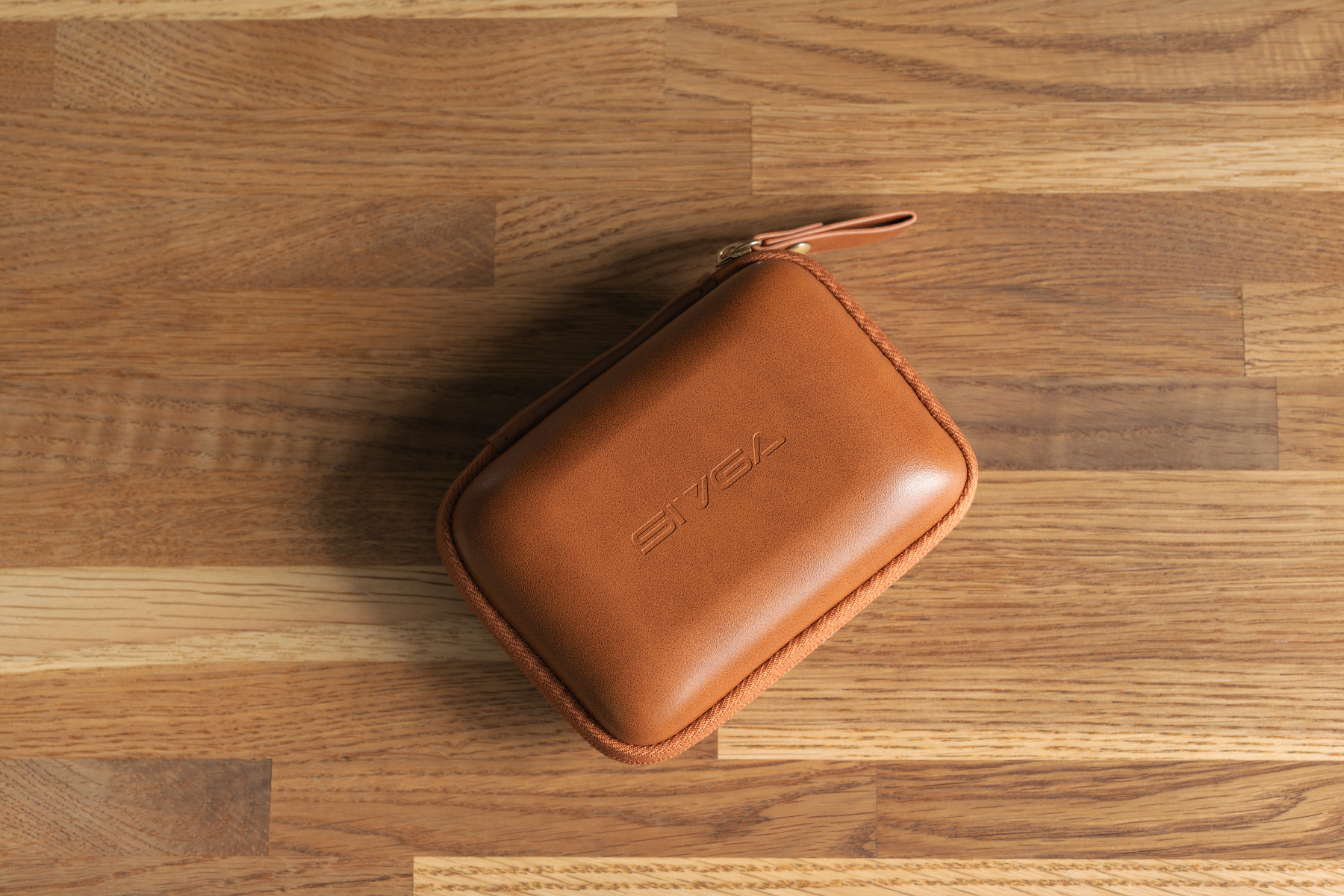
Technological features, build quality
Que use a 10mm dynamic driver with a beryllium diaphragm. The earpiece enclosures are cast of zinc alloy. American maple was chosen as the material of the outer overlay.
The workmanship is impeccable. All joints are even, no burrs or manufacturing flaws can be seen, and no glue is showing. There are even no marks from the milling cutter. Earphones are perceived as monolithic pieces of metal.
2-pin connectors are recessed into the enclosures.
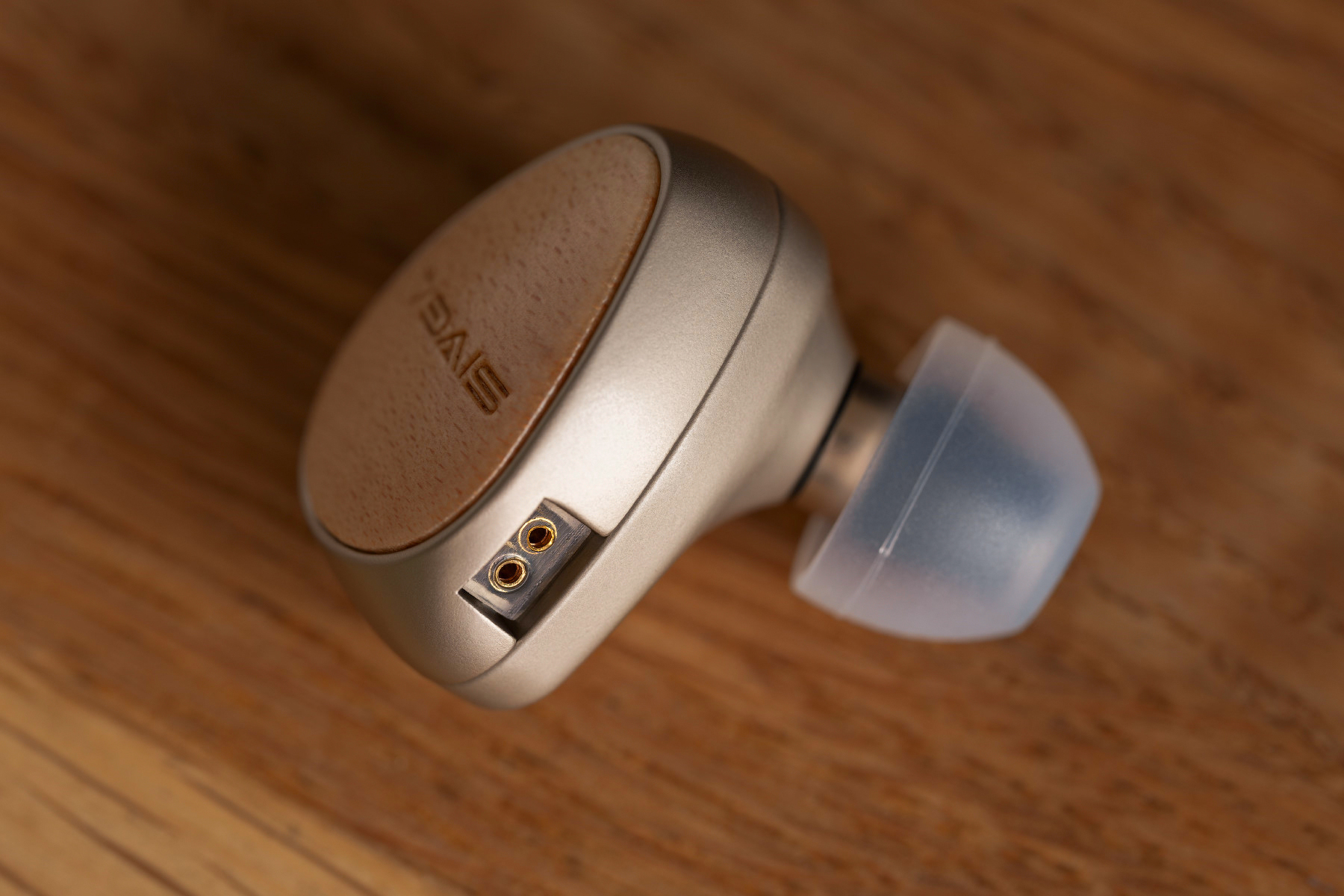
There are two compensation holes on the inside.
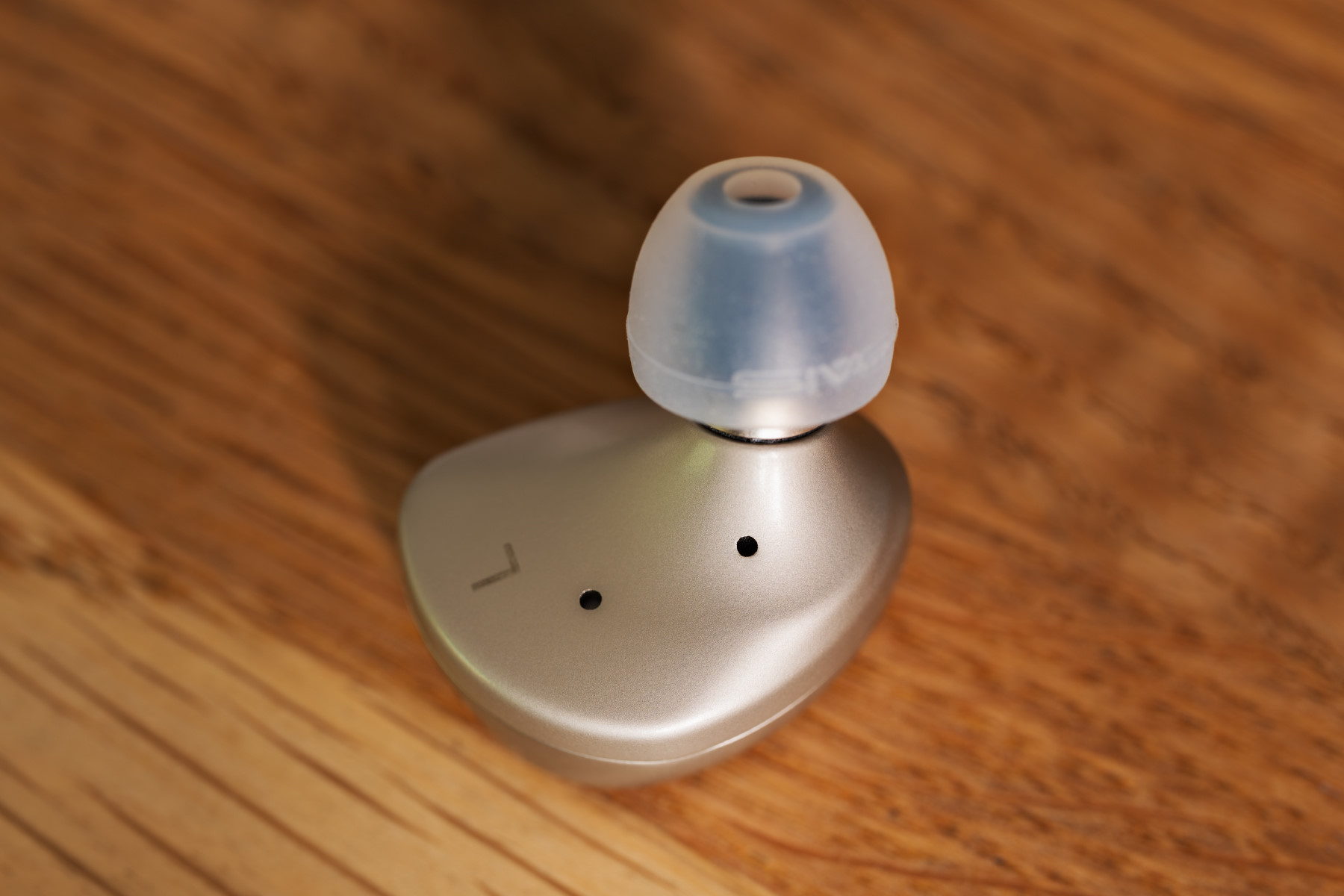
The wooden inserts are polished. Still, it seems to be stabilized wood because the edges of SIVGA letters are not just burnt, but slightly melted.
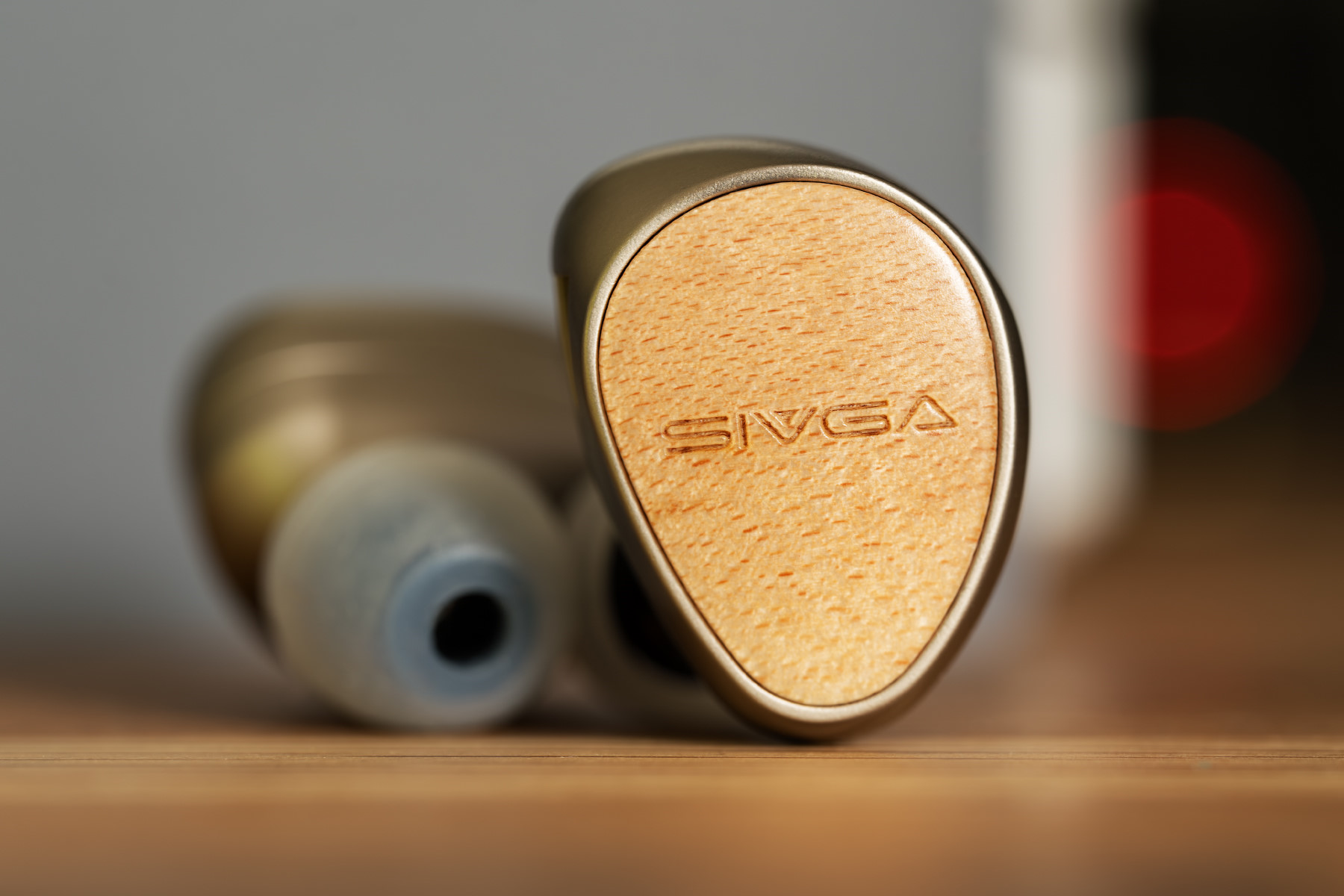
Extra protective grids are installed at the outputs of the sound ducts.
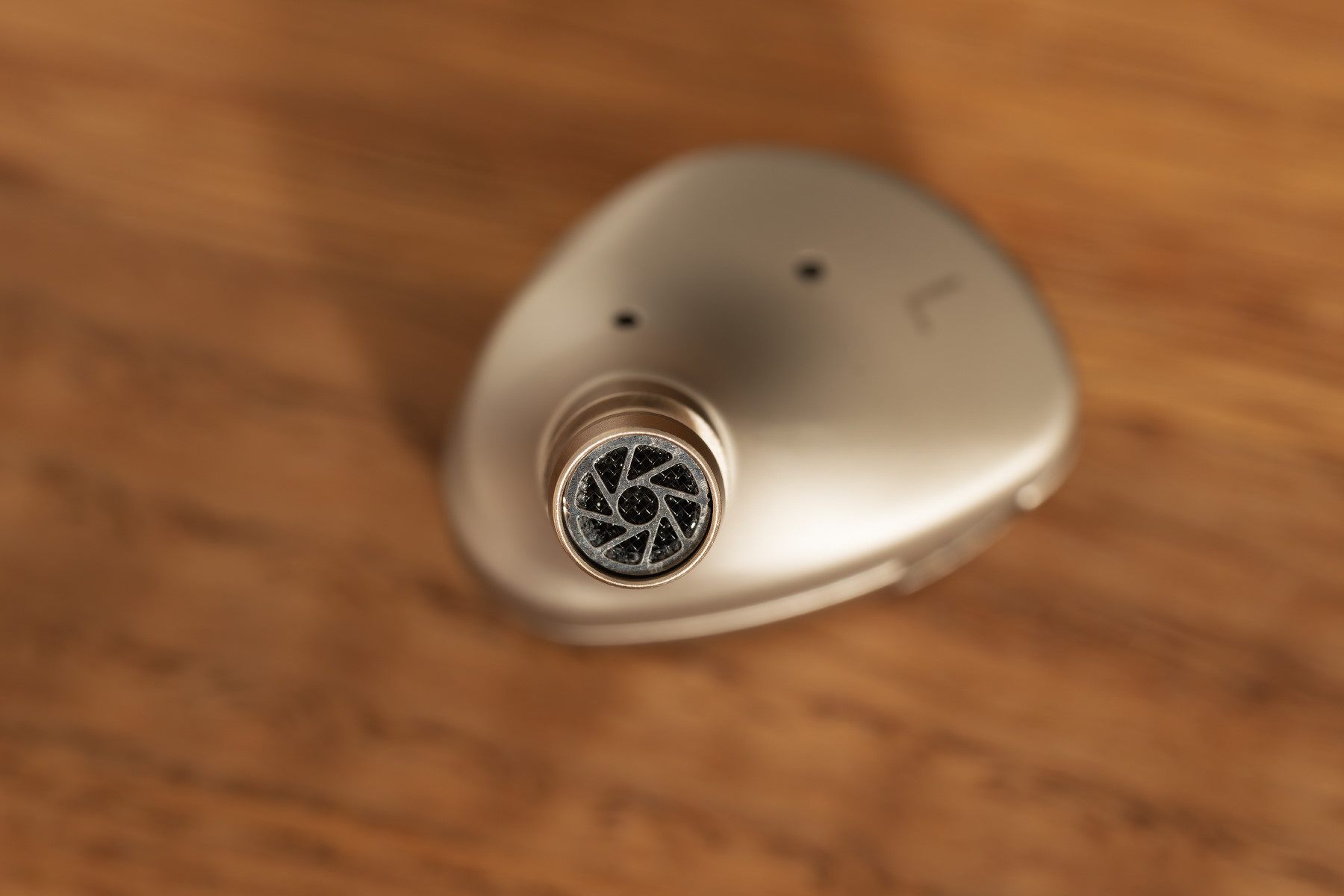
Actually, I have nothing to add to the above pictures concerning the quality of manufacture and assembly — everything is done very, very cool. Well, L and R may be painted on the enclosures a bit faintly, but this sort of fault-finding is already beyond the pale.
The cable is made in the same vein – in a good manner and taste.
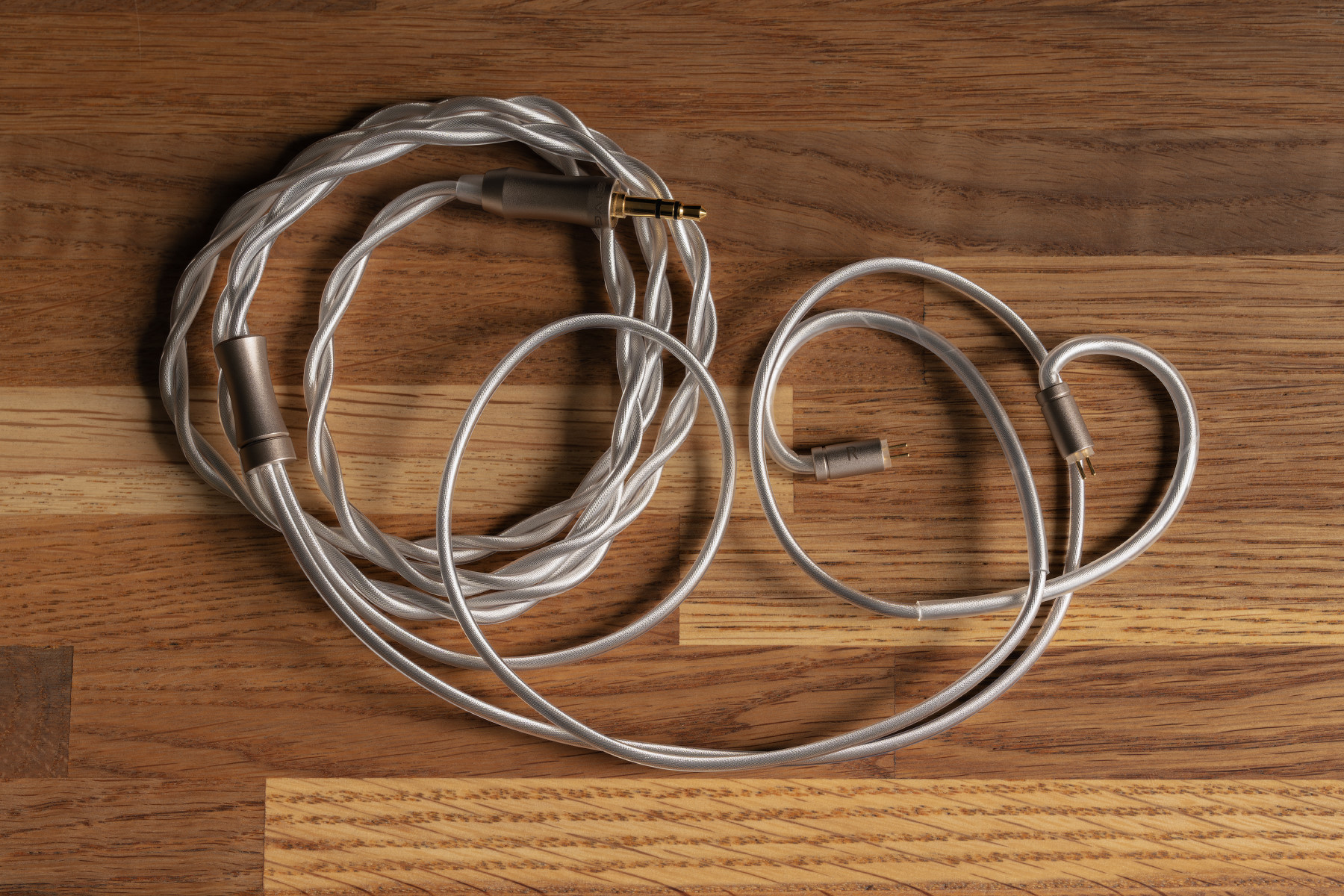
Aesthetically, it clearly corresponds to Que, as if it was created specifically for them.
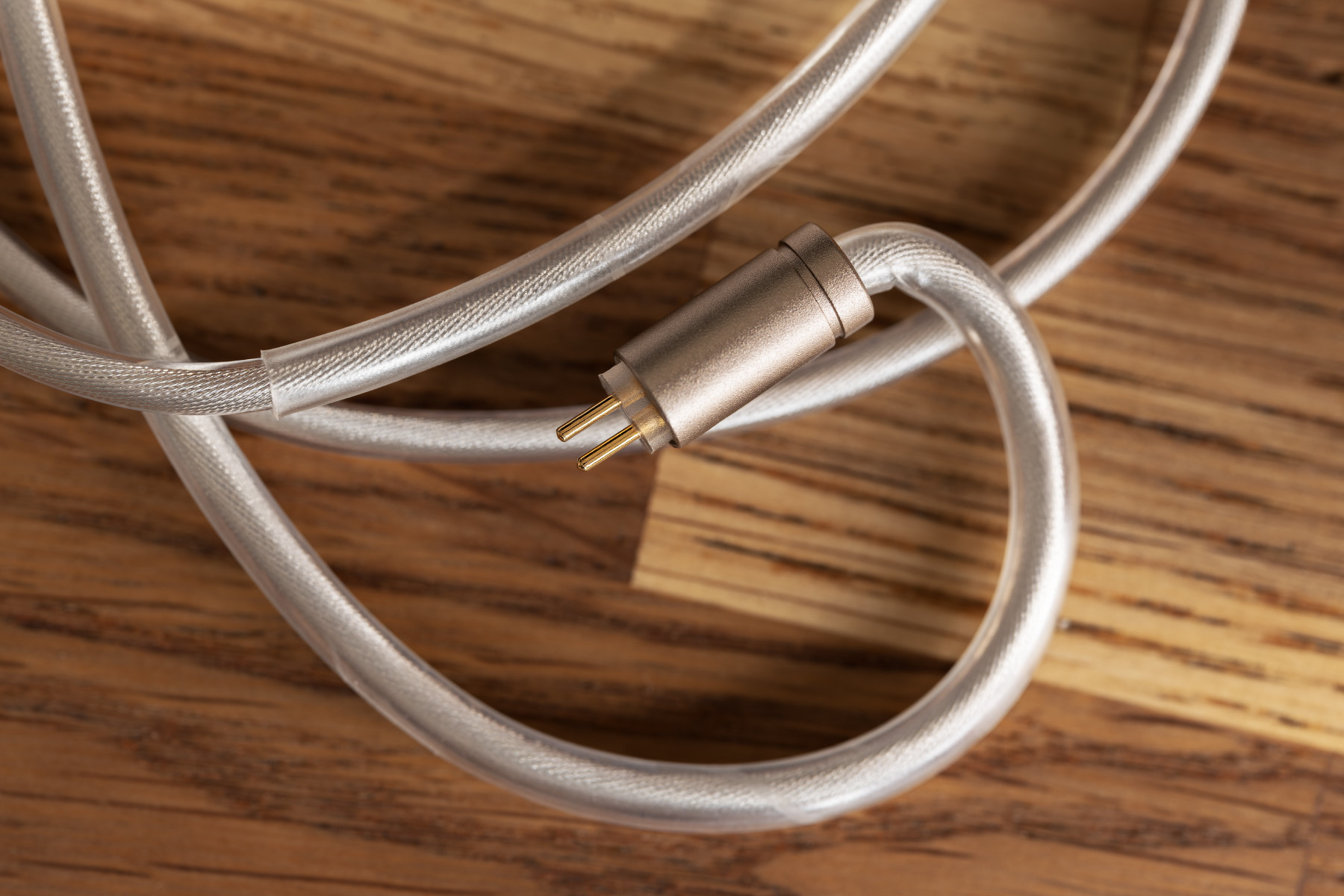
As for the connector enclosures at both ends and the splitter, all parts are metal. In terms of technical details, it’s only known that this is a silver-coated litz wire made of oxygen-free copper.
In general, I have no complaints about the quality of manufacture – all the details of the earphones, cable, and case are designed and produced very carefully and with skill. My compliments!
Ergonomics
After getting acquainted with Mega5-EST, I’ve developed a slight phobia of connectors falling out. But I checked it – and no way, when it comes to Que, the cable is inserted with noticeable effort and doesn’t come off under any circumstances, tight like a vice.
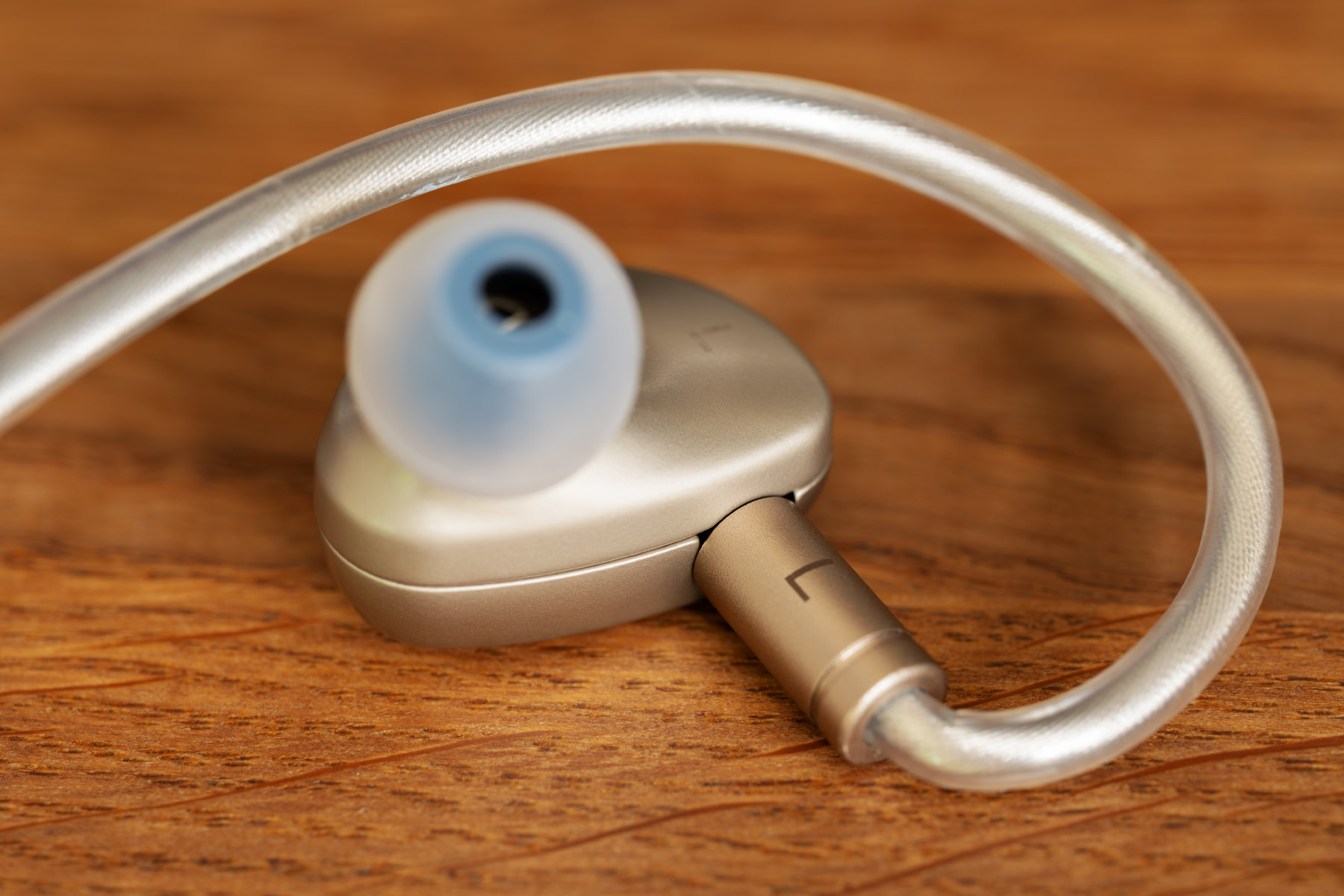
The shape of the enclosures is extremely versatile, so there’ll be no surprises with their fit. The chamfers, to which the eartips should cling, are also here.
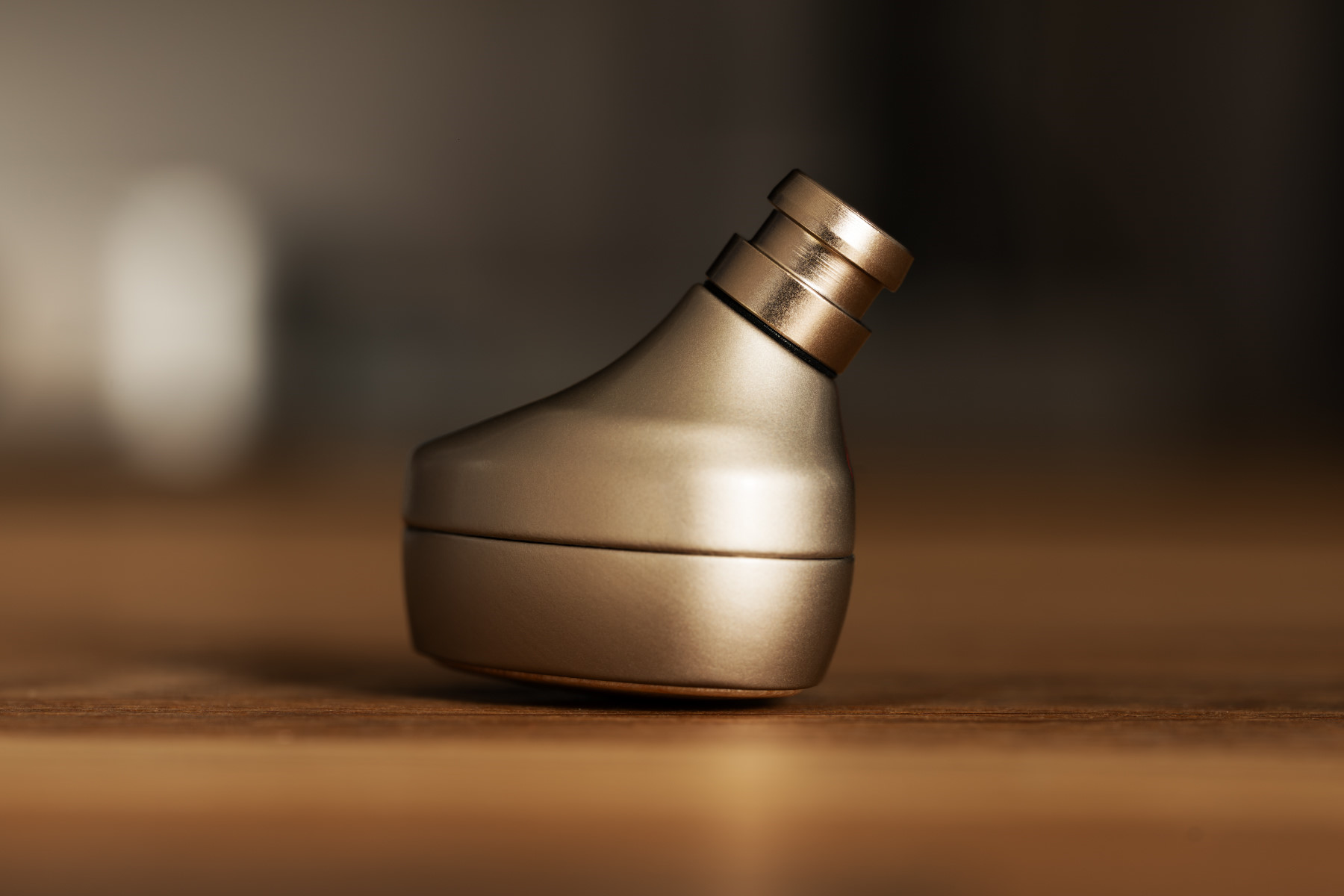
Regarding the ergonomics features, I can only mention two things:
- The earphones are made of metal, so you’ll have to wear a warm hat with them in winter to cover your ears.
- For the same reason, the enclosures are relatively heavy. When you put Que onto your palm for the first time, you are really struck with how heavy they are. In practice, it turns out that 10 g is more than average (HEXA – 6 g, ZERO RED – 6 g, for example), but it doesn’t create any problems with their use.
Quick specifications overview
- Design: in-ear closed-back.
- Drivers: 1 dynamic driver.
- Impedance: 32 Ohms.
- Sensitivity: 108 dB.
- Connectors: 2-pin, 0.78 mm.
- Weight: 10 g (each earphone).
- Sound duct dimensions:
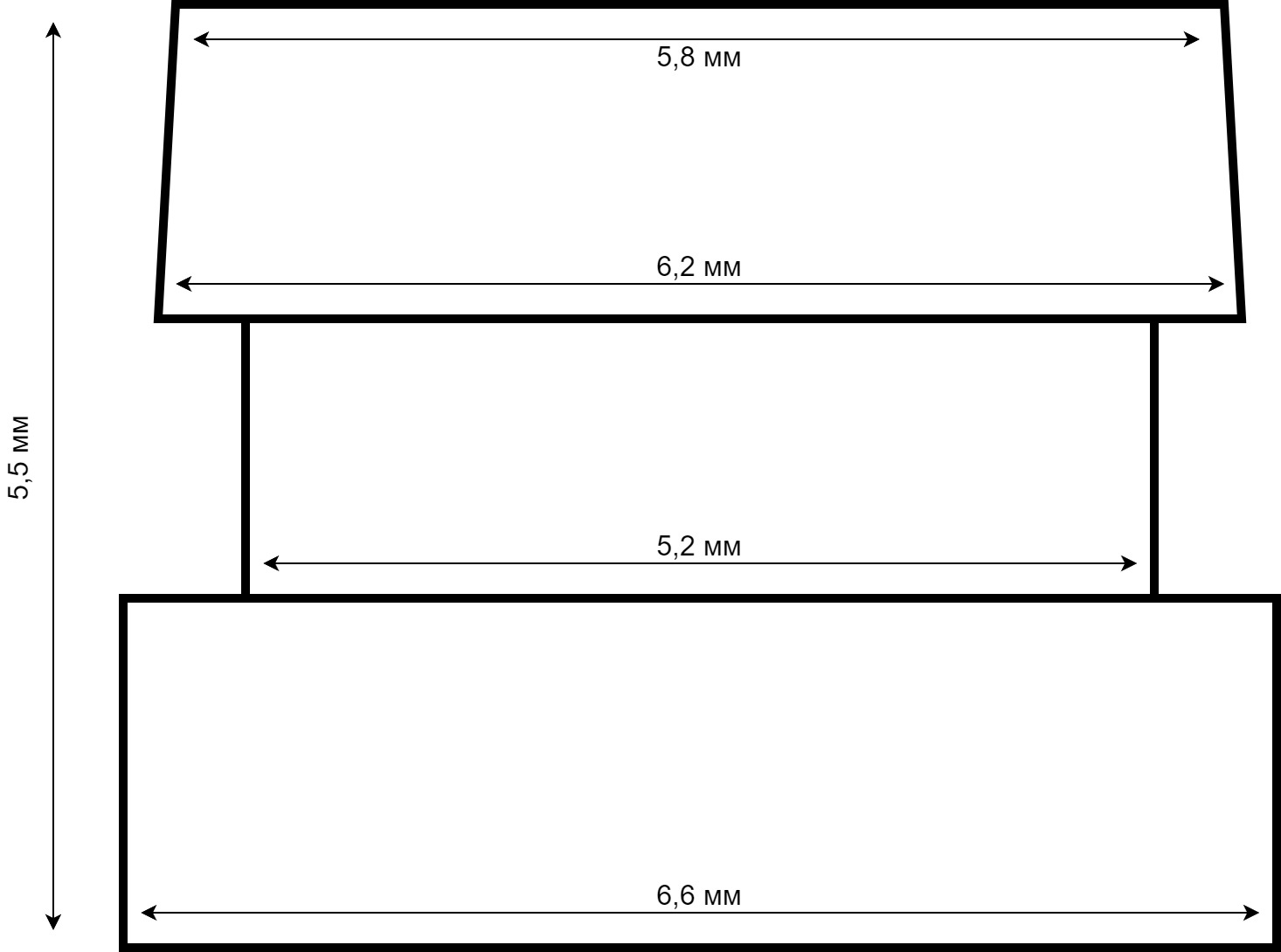
Subjective sound impression
The sound of Que is tuned within the frame of a well-known conservative approach used by many companies, especially Chinese ones: a lot of thick bass, a dipped middle about 800 Hz, and sonorous upper frequencies. The easiest way to describe the sound of Que is as ‘Harman with bass’. And this cannot be called a Que feature in any way — I’m more inclined to regard it as a decision to make no sudden movements away from a well-known, proven approach.
However, the quality of this tuning is a thing to discuss.
As for subbass and bass, there are plenty of both. They appear in any music track and are emphasized by the earphones. In some cases, this creates a pleasant low-frequency dominant, but sometimes it shows itself as an annoying hum and mumbling, depending on the track and on the listener’s expectations and preferences.
The mid-range is excellent, not accentuating the resonance at 2.7 kHz blatantly, smooth (for earphones of this value), ‘full-fledged’. Slight sharpness appears on some tracks: 6-8 kHz seem to be a bit highlighted. Anyway, the sound remains natural and lifelike in 99% cases.
The upper frequencies are excellent, with a slight audible rise at 11 kHz. Other than that, the range from 10 to 20 kHz is perceived by my ears as almost linear and smoothly fading to the right, which is not only great in itself, but also amazing from the point of view of using a single dynamic driver in Que.
So, what’s the verdict? We have a cheerful bass sound delivery, complemented by a balanced midrange and unexpectedly skillful, full-fledged top. Que deliver any music lively, massively, widely, clearly counting not on accuracy, but on a pleasant contrast of the lower and upper ranges. Therefore, I’m inclined to believe that Que are more focused on ‘outdoor’ than on home use: original eartips, which will be described below, have rather thin flanges and not that good sound insulation. Therefore, the rise on bass will be compensated by masking, created by the big city hum. As a result, the low-frequency range will be perceived by ear approximately as it should be.
As for the width of the virtual sound stage, it’s average and extends more in width rather than in depth. The instrument positioning is just OK, without any breakthroughs.
Measurements
The earphones were connected to the RME ADI-2 DAC (IEM output). A measuring rig conforms to the IEC60318-4 standard. The smoothing is indicated on the graphs. For the info about rigs, graphs and headphones measurements, refer to my article.
The frequency response of SIVGA Que compared to the Harman curve:
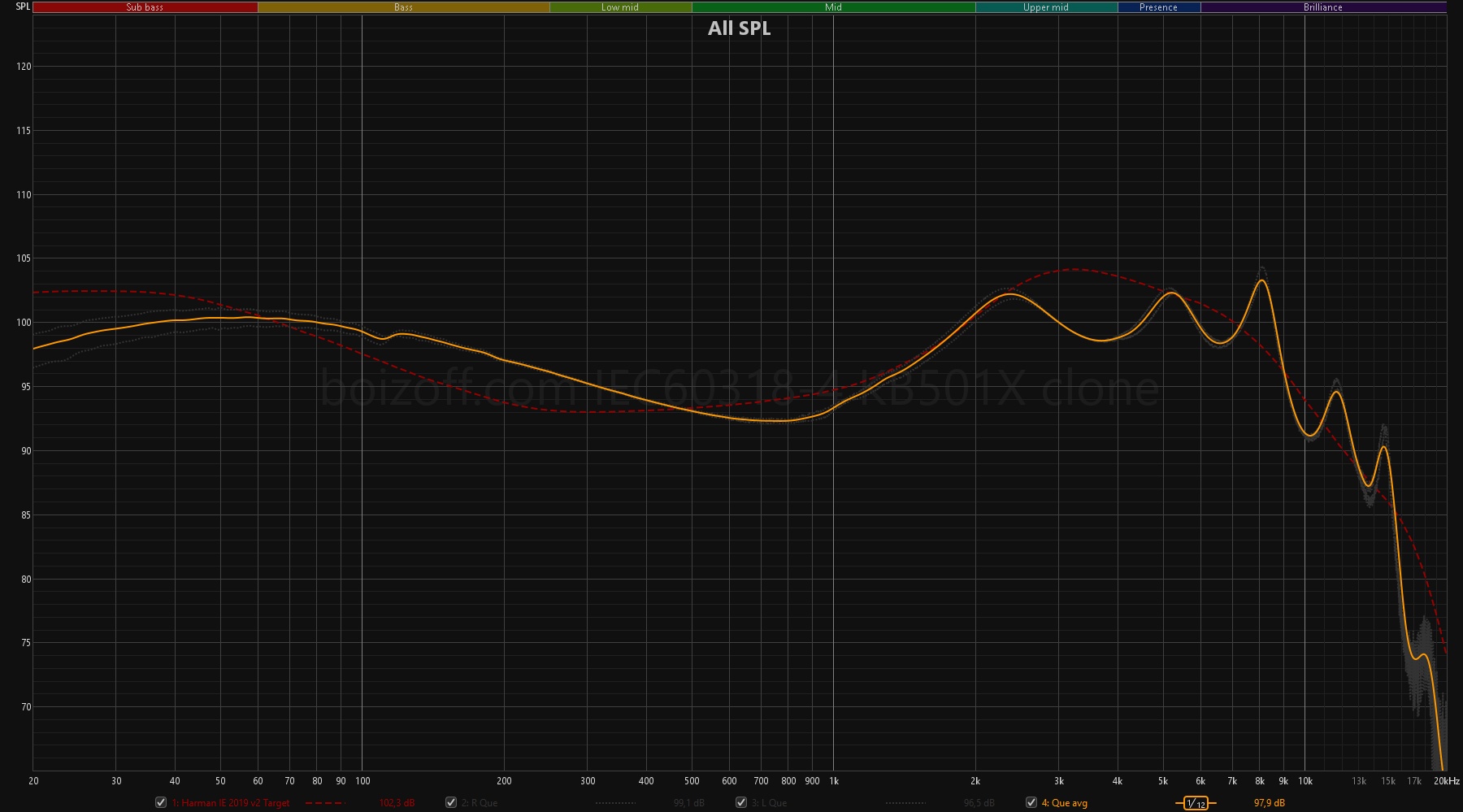
Basically, here I can say as follows:
- The bass is ‘spread’ thickly, and it dominates the subbass. There is no distinctive Harman dip at about 200 Hz, so the bass ‘runs over’ the middle frequencies, and the subbass is not perceived as really sharp.
- Further on, the tuning can only be praised. Yes, there is an emphasis at 8 kHz (the location depends on the fit depth and the geometry of the ear canal), but it’s not gigantic. From 10 kHz, where my IEC711 rig is inaccurate, the curve looks just great and is perceived by ear the same way.
The left and right channels match in volume quite well:
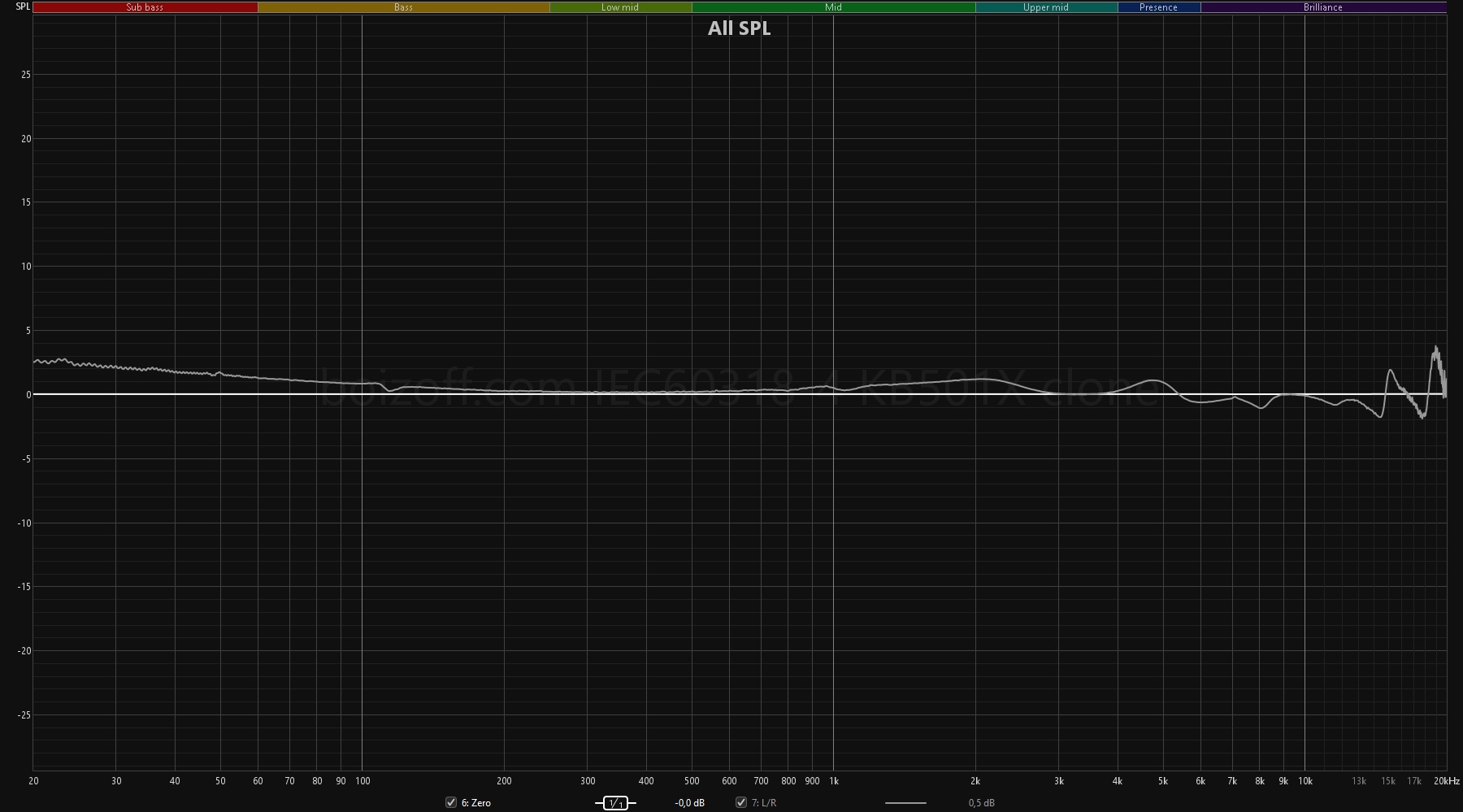
The level of nonlinear distortion is low:
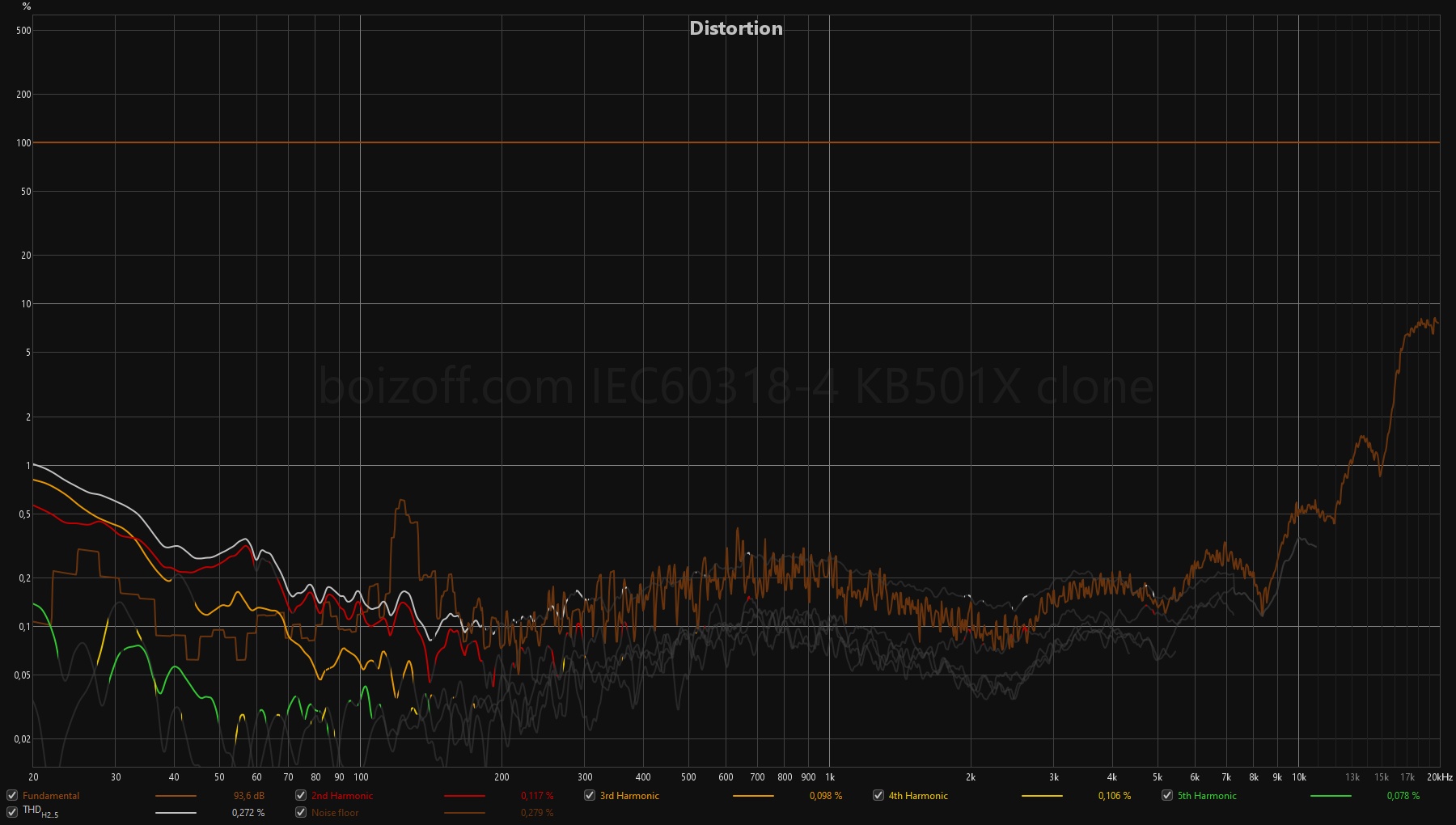
Sound source choice
For my listening tests, I’ve connected the earphones to the following devices with a standard cable:
- PC + RME ADI-2 DAC fs (IEM output);
- Hiby R6 gen 3 (Gain – High, Amplifier Operation – Class A);
- Moondrop Golden Dawn (Gain – High);
- Fiio K11 R2R (Gain – High).
The sources were switched instantly by a mechanical input switch. The volumes of all sources were preliminarily aligned (by means of the measuring rig) at 94 dB, at 1 kHz. All software sound processing algorithms were disabled on the sources, and a digital ‘fast roll—off’ filter (or its equivalent) was set. ‘OS’ was set on K11 R2R.
It’s clear that with an impedance of 32 Ohms and a sensitivity of 108 dB, Que sound OK from literally any source. I didn’t notice any difference between the above DACs. Using balanced connection (QoA RUM cable) with K11 R2R and Hiby R6 gen 3 didn’t give a clearly noticeable increase in any aspects of the Que sound either.
Eartip choice
There are 2 sets of 3 pairs of eartips included with the earphones:
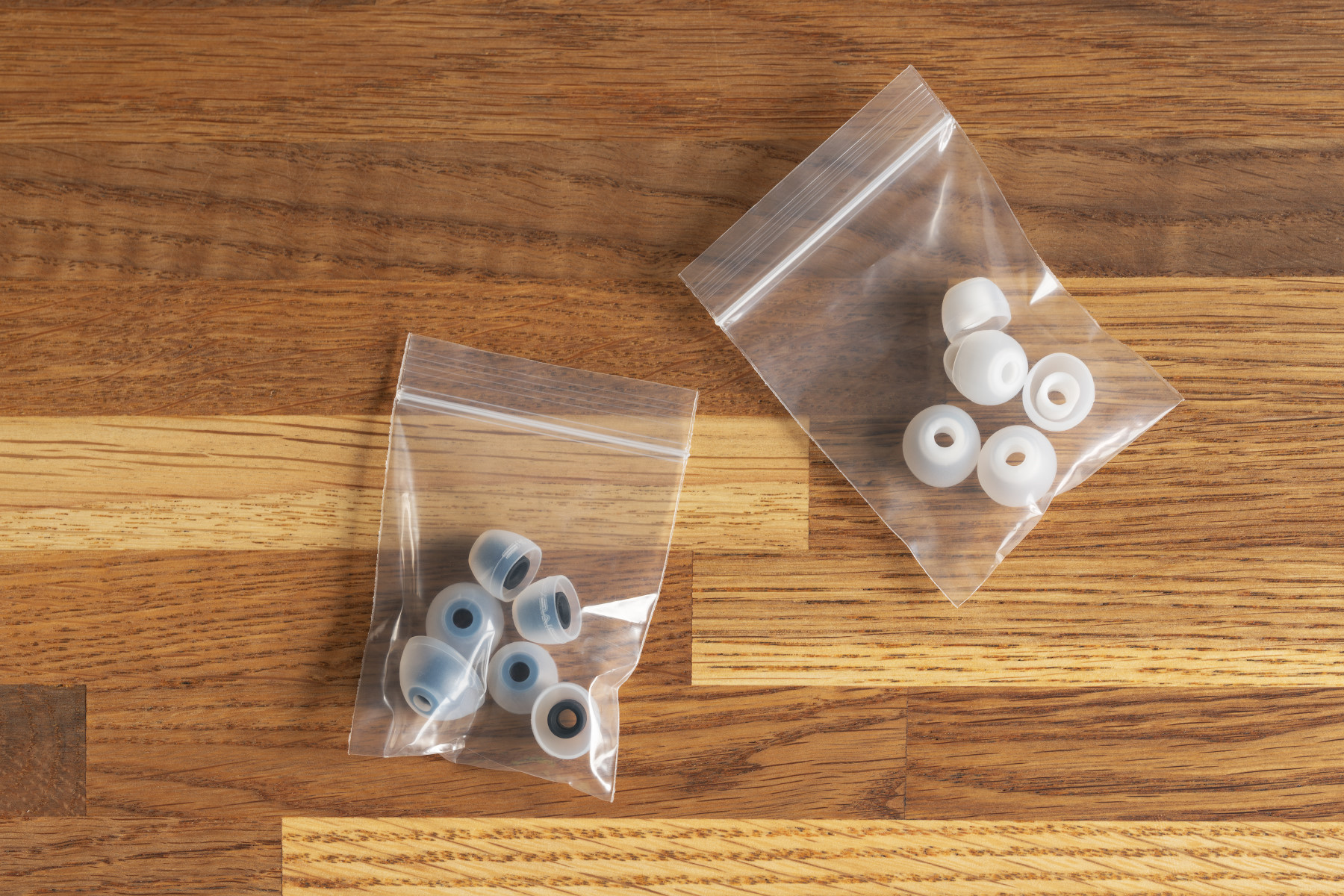
‘Whites’ and ‘blacks’ have a slightly different flange geometry, as well as different diameters of the inner sound ducts. Both types are comfortable and, in general, there is no desire to immediately replace them with something else.
I’ll draw attention to the fact that most of the eartips that I’m used to sit on Que dubiously since they are either designed for a larger diameter of the sound duct or are not narrowed to hold onto it. These include TRI Clarion, JVC SpiralDots, Whizzler SS20 and ET100AB, DUNU S&S, Zhulinniao Zhu Rythme, Tangzu Tang Sancai, and INfilter IE45Pro. They don’t fall off the sound duct, but run a chance of remaining in the ear when removing the earpiece. Penon Liqueur O, TANCHJIM T-APB 300, SpinFit OMNI, AZLA Crystal LSR, KZ Starline, JBL Project Rock, EPZ, and DIVINUS Velvet are suited better.
Personally, I settled on Penon Liqueur O and SpinFit OMNI.
Comparisons: Que vs. HEXA
The SIVGA Que and Truthear HEXA frequency response graphs compared:
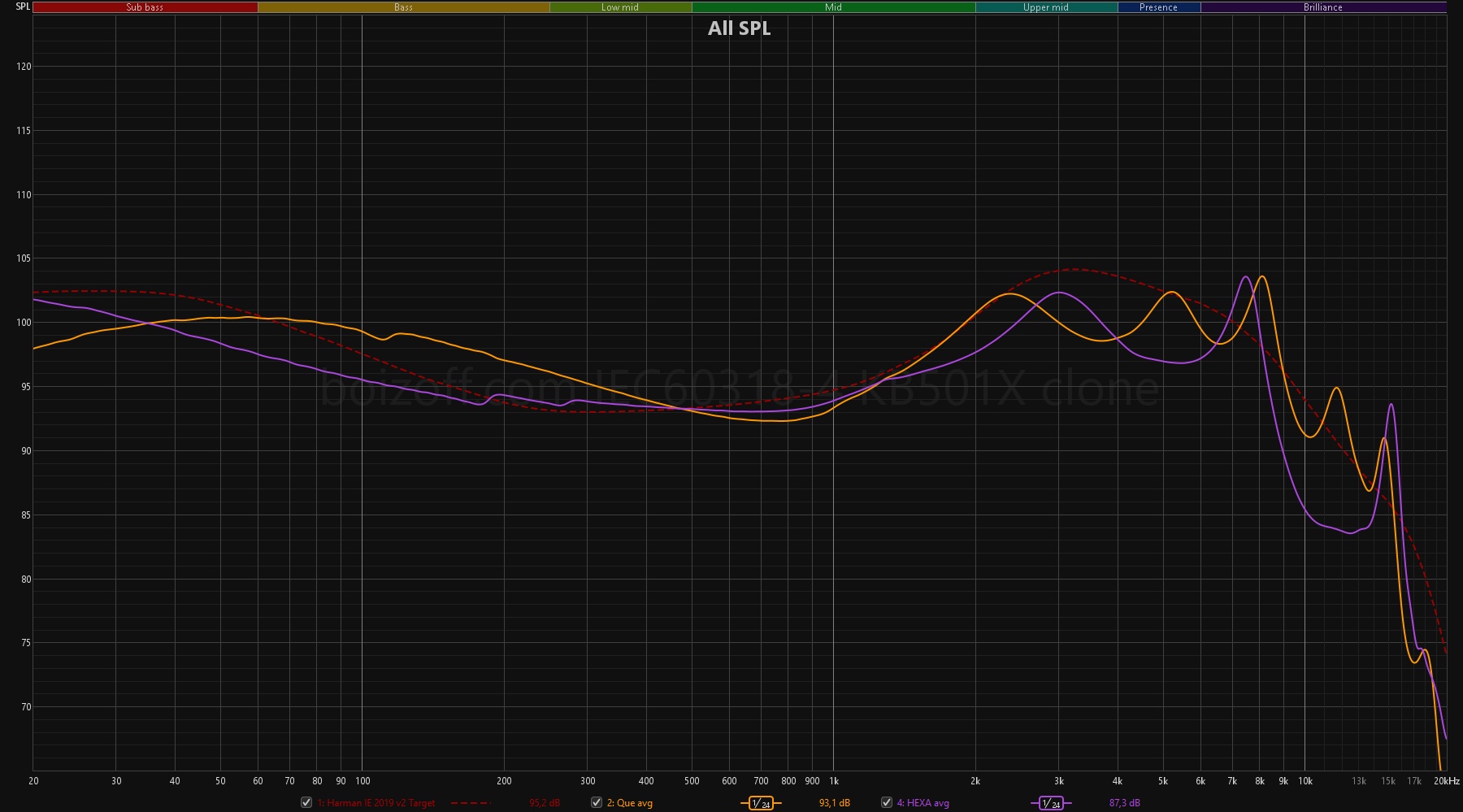
These earphones are comparable with each other in terms of their prices only. Apart from that, these are two completely different approaches in everything: metal vs. plastic, roundness and softness vs. corners and straight edges, a memorable facade against plain technological minimalism.
There are no tuning similarities either:
- HEXA subbass is perceived to be significantly whippier as compared to Que.
- The sound of Que is filled with bass to a much greater extent as compared to HEXA.
- HEXA sound sharper and smoother.
- Que sound warmer and ‘funnier’.
Compared to each other, the sound of Que can be called ‘warm’ and ‘bassy’, whereas the sound of HEXA is characterized as neutral and dry down to lifelessness by contrast.
In terms of workmanship and attention to detail, Que give HEXA a huge head start in this aspect.
Comparisons: Que vs Rhapsody
The SIVGA Que and CCA Rhapsody (setting 0111) frequency response graphs compared:
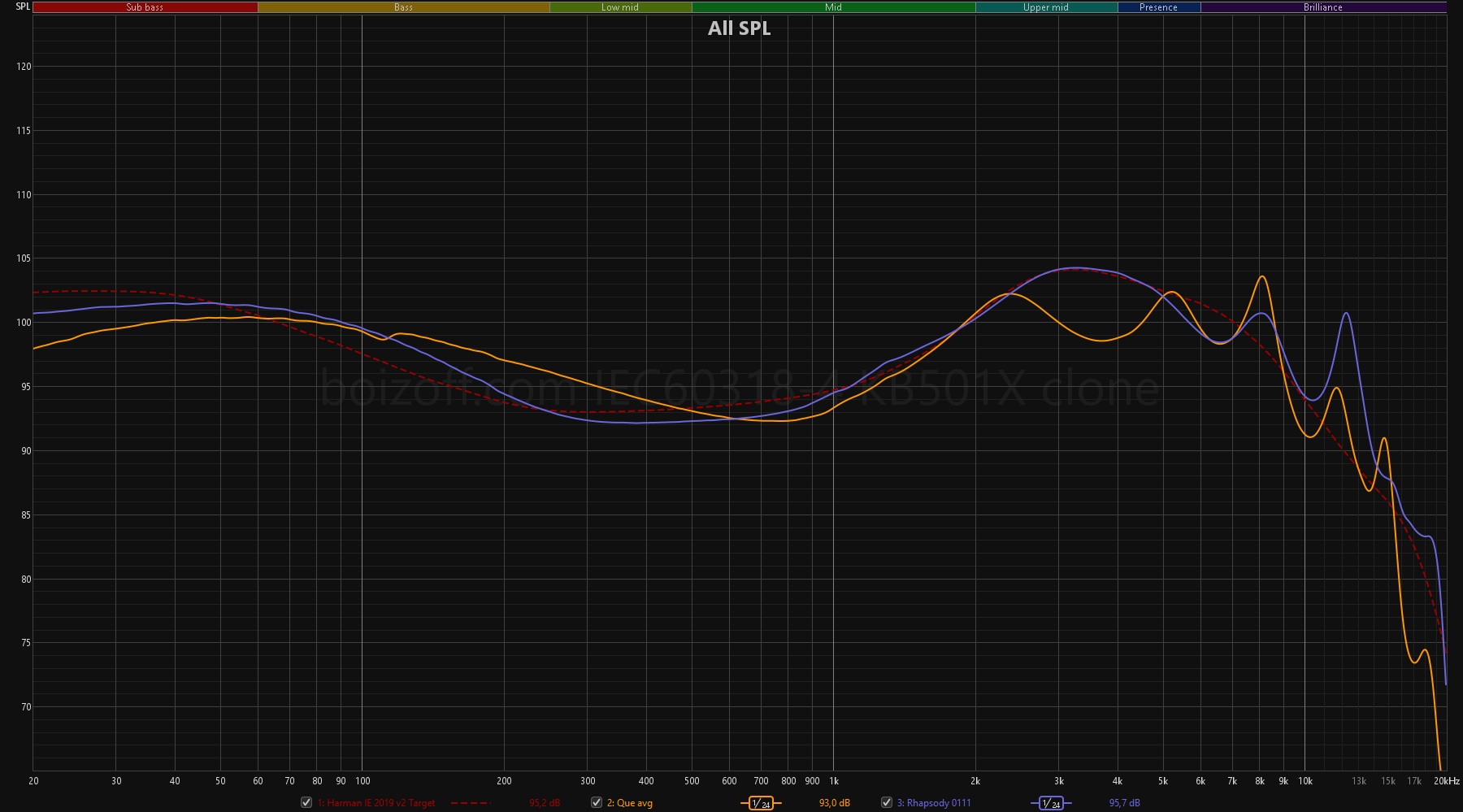
These models are somewhat similar in tuning, although they differ by about half in terms of cost. Compared to Que, Rhapsody earphones look and feel cheaper, and the original cable is even not worth talking about. The Rhapsody kit does not include any case at all.
Let’s come to the sound:
- Que upper frequencies are much ‘smoother’ as compared to the same range performed by Rhapsody.
- Rhapsody’s subbass is whippier and weightier.
- Que sound bassier and more physical.
- The contrast between low and high frequencies in Rhapsody is even more emphasized as compared to Que.
Compared to each other, the sound of Rhapsody is even more V-shaped and a bit shrilly, whereas Que sound softer and ‘warm’, but tend to ‘mumble’.
If we talk about quality and materials, again, Que win with a basketball score.
Summary
SIVGA clearly didn’t try to implement any tuning experiments in the Que model. On the contrary, the manufacturer took a long-known setting and tried to implement it technically, placing an additional emphasis on the workmanship of both the earphones themselves and the accessories — the cable and the case.
I can’t guarantee that you will hand down Que to your grandchildren, that the wooden overlay will never come off or the connectors will never break, but I don’t see any prerequisites for this – the earphones really stand out for the quality of assembly and finish among models that are similar in value.
All in all, Que can be safely recommended to those who consider the standard bass of the Harman curve to be anemic and weakly expressed, to those who like a ‘warmer’ sound, but at the same time would like to get a technically executed middle and, most especially, high frequencies.
To buy or not to buy: to buy after listening.

